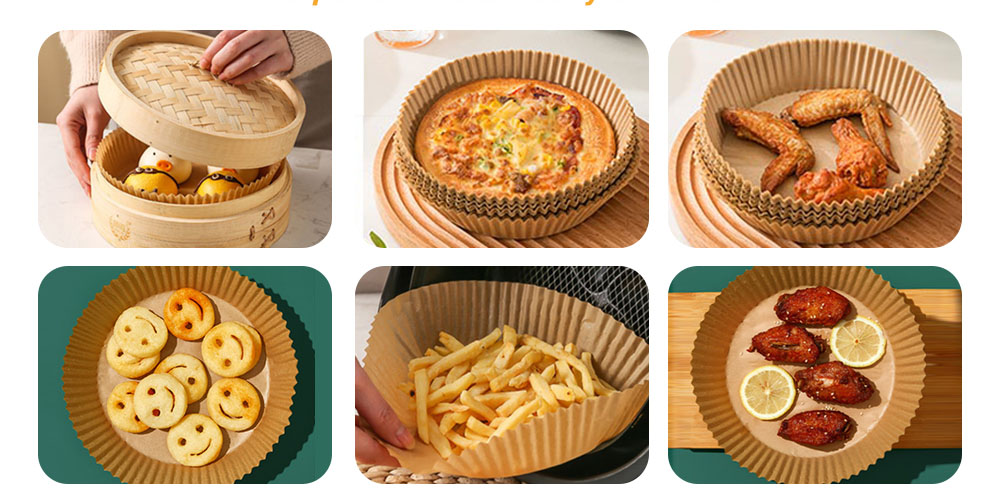Designing for CNC machining requires a thorough understanding of the various categories of CNC machine tools available in the market. Each category possesses unique capabilities, features, and benefits that cater to different manufacturing needs. In this article, we will delve into the world of CNC machine tools, exploring the different categories and their applications. Whether you are a designer, engineer, or someone interested in CNC machining, this guide will provide valuable insights into the options available for your design projects. Here are more details need to know.
Turning Centers
Turning centers, also known as lathes, are CNC machine tools primarily used for cylindrical parts. These machines rotate the workpiece while cutting tools shape the material. Turning centers are ideal for creating intricate details, such as threads, grooves, and contours. They are widely used in industries such as automotive, aerospace, and medical, where precision and high-quality finishes are crucial.
Milling Machines
Milling machines are versatile CNC tools used for cutting, drilling, and shaping various materials. They employ rotating cutting tools to remove material from the workpiece. Milling machines can be classified into vertical and horizontal types, with each offering specific advantages. Vertical mills are commonly used for flat surfaces and slots, while horizontal mills excel in cutting complex shapes and contours.
Drilling Machines
Drilling machines are designed specifically for creating holes in workpieces. They employ rotating drill bits to penetrate the material and produce accurate holes of different sizes and depths. CNC drilling machines ensure precise hole placement and allow for automation, enhancing productivity and efficiency. Industries like metal fabrication, woodworking, and electronics heavily rely on CNC drilling machines.
Grinding Machines
Grinding machines are used to achieve high-precision and fine surface finishes. They utilize abrasive wheels to remove material and refine the workpiece’s surface. CNC grinding machines are capable of grinding various materials, including metals, ceramics, and composites. Industries requiring tight tolerances and superior surface quality, such as aerospace, automotive, and toolmaking, extensively use CNC grinding machines.
Laser Cutting Machines
Laser cutting machines utilize focused laser beams to cut through materials with precision and speed. They are highly efficient and can work with a wide range of materials, including metals, plastics, and fabrics. CNC laser cutting machines excel in intricate and complex designs, making them popular in industries such as signage, jewelry, and prototyping.
Conclusion
Designing for CNC machining involves considering the capabilities and advantages of different categories of CNC machine tools. Whether you require turning centers for cylindrical parts, milling machines for versatile cutting operations, drilling machines for precise holes, grinding machines for fine surface finishes, or laser cutting machines for intricate designs, understanding the characteristics of each category is crucial.
By exploring the different categories of CNC machine tools in this article, we hope to have provided valuable insights into their applications. This knowledge will empower designers, engineers, and enthusiasts to make informed decisions when designing for CNC machining. Remember, selecting the right CNC machine tool for your project plays a vital role in achieving the desired outcomes of precision, quality, and efficiency.











